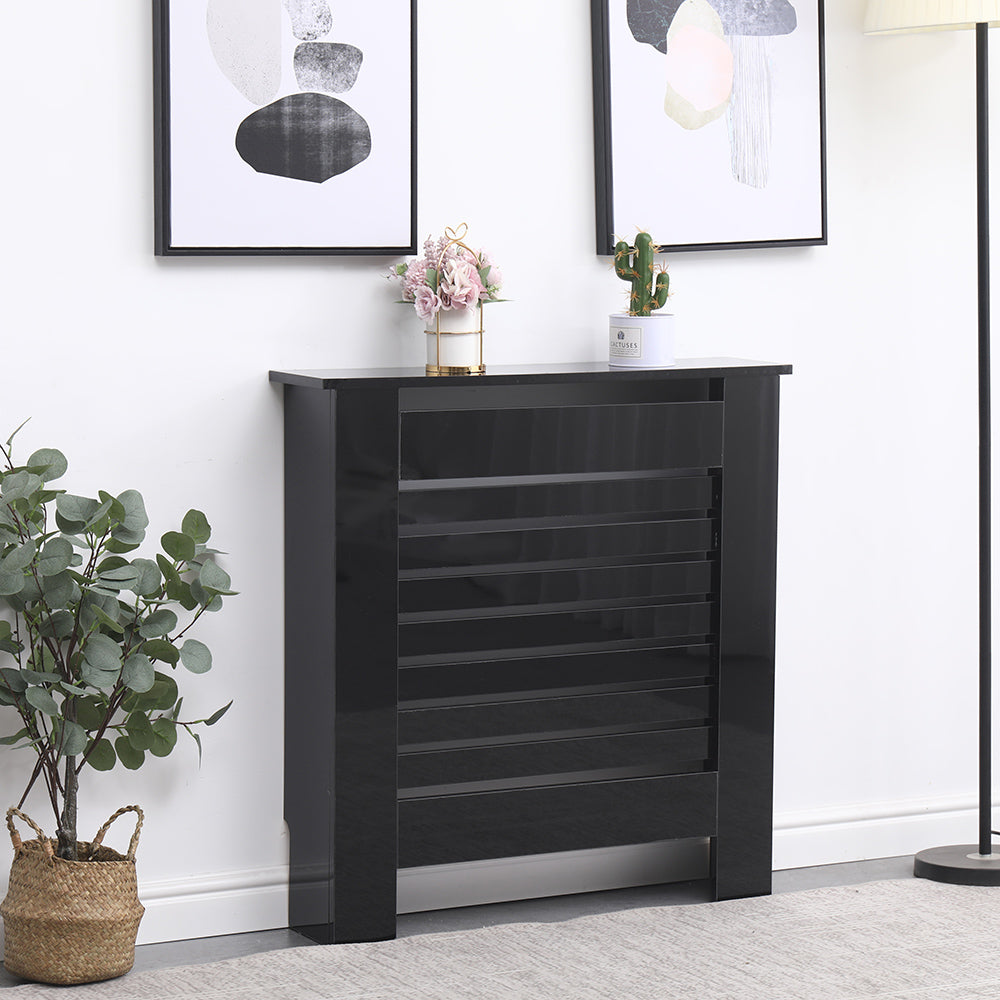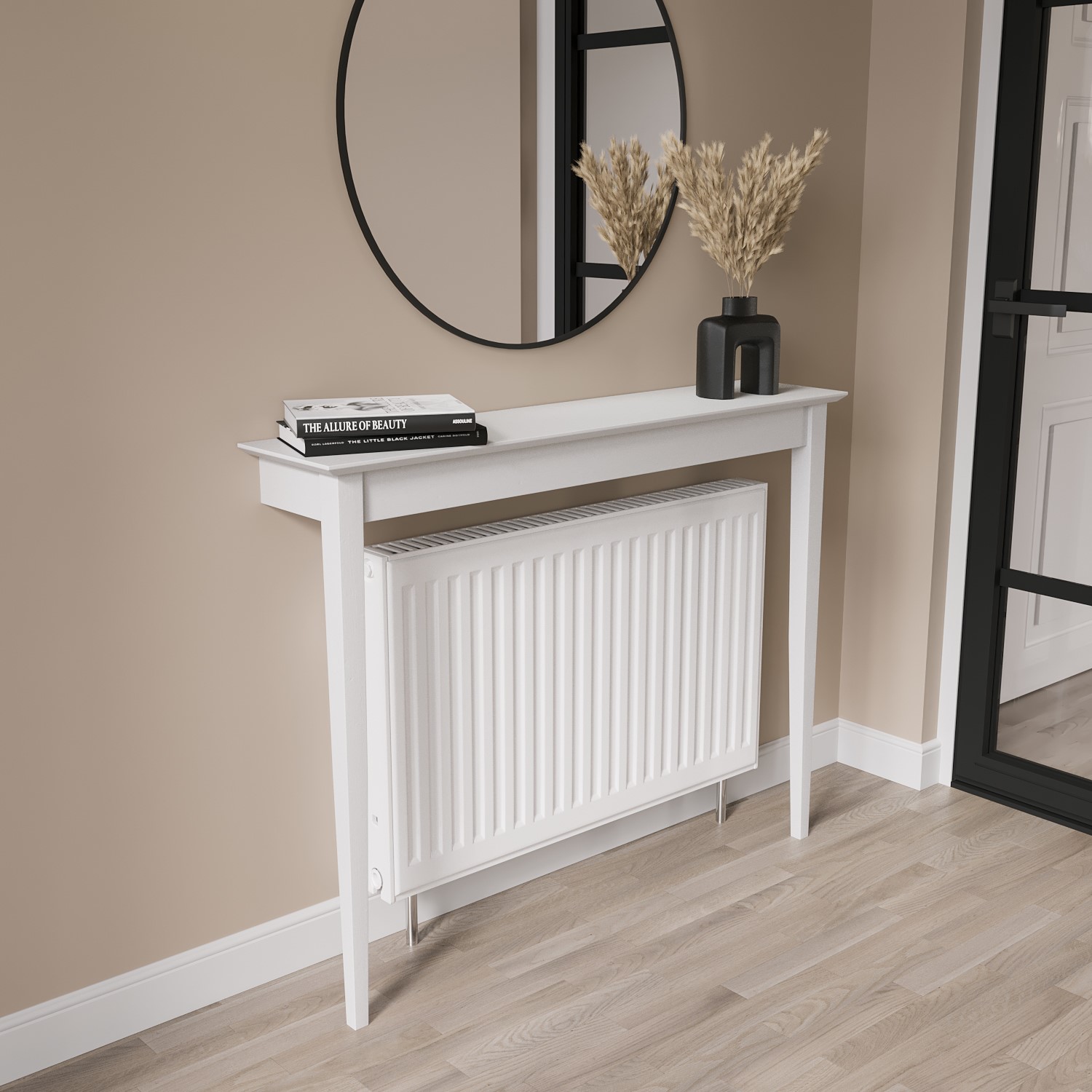Top Benefits of Installing a Radiator Cover in Your Home
Top Benefits of Installing a Radiator Cover in Your Home
Blog Article
The Importance of Radiator Covers: A Practical Guide for Homeowners
Radiator covers are commonly an ignored component in home layout, yet they offer numerous crucial functions that warrant focus. Past improving security by reducing the threat of burns, these covers can significantly improve power effectiveness and complement various aesthetic styles. Understanding the types readily available and the products finest suited for your space can change an utilitarian attribute right into an integral component of your home's design. As you think about the implications of including radiator covers, you might discover yourself questioning which options align ideal with your choices and requirements.
Benefits of Radiator Covers
Enhancing both looks and performance, radiator covers deal a range of benefits for house owners. By covering potentially hot surfaces, radiator covers help to avoid unintentional burns, particularly in homes with family pets or children.
In addition to security, radiator covers can add to power performance. By routing heat into the space instead than permitting it to dissipate right into windows or walls, these covers can assist preserve a much more regular temperature level. This efficiency can result in minimized heating expenses, as homeowners may find they can lower their thermostat settings without sacrificing comfort.

Types of Radiator Covers
Radiator covers been available in a range of kinds, each developed to satisfy certain requirements and aesthetic preferences of home owners. One of the most usual designs consist of standard, contemporary, and custom alternatives. Typical radiator covers often include detailed layouts and traditional materials, suitable for duration homes or homes with vintage decor. They typically consist of wooden structures with attractive grilles, permitting warmth to circulate while improving the room's charm.
Contemporary radiator covers, on the other hand, are identified by smooth lines and minimalist styles, often made from steel or crafted wood. These covers are excellent for contemporary homes, giving a useful and clean appearance that complements existing interior style fads.

Custom-made radiator covers allow property owners to customize the layout to fit distinct areas or individual tastes. These can be crafted from numerous materials and can accommodate non-standard radiator sizes, ensuring an ideal fit within the decoration of the home.
In addition, some covers include multifunctional attributes, such as integrated shelving or seats, maximizing utility while preserving visual charm. Eventually, the sort of radiator cover picked can dramatically affect both the functionality and design of living areas.
Choosing the Right Material

Wood covers, commonly preferred for their timeless appearance, supply all-natural heat and can be tarnished or repainted to match existing decoration. Nonetheless, they may warp or split in high moisture environments otherwise correctly dealt with. Steel covers, on the other hand, are heat-resistant and robust, making them suitable for high-performance heater. They frequently can be found in various finishes, adding a modern touch, but can in some cases detract from a comfortable environment.
MDF is an affordable choice that mimics timber's look while withstanding warping. However, it is much less long lasting than solid timber or metal and may not withstand hefty use. Inevitably, the selection of material should take into consideration aspects such as space style, environment, and the planned use the space. By picking the ideal material, home read here owners can enhance both the functionality and visual appeal of their radiator view covers.
Setup Tips and Techniques
Appropriate installation of radiator covers is crucial for ensuring their capability and durability (Radiator cover). Initially, determine the measurements of your radiator specifically to select a cover that fits comfortably without obstructing air movement. Make use of a degree to validate that the surface area where the cover will certainly rest is even
If your radiator has shutoffs, make sure that the cover does not obstruct accessibility to them. click for more For wood covers, pre-drill openings for screws to prevent splitting, and use appropriate fasteners that can support the cover's weight.
If your radiator is located under a window, think about leaving a tiny gap at the end of the cover to assist in airflow. In addition, avoid positioning hefty objects on top of the radiator cover, as this can jeopardize its architectural honesty. Check your setup regularly to guarantee that the cover stays safely in place and does not impede the radiator's efficiency. Adhering to these pointers will certainly assist you achieve a successful setup, improving both aesthetic appeals and performance.
Keeping Your Radiator Covers
Normal maintenance of your radiator covers is necessary to guarantee their longevity and visual allure. To preserve your radiator covers, start by cleaning them frequently with a soft cloth or microfiber duster.
Occasionally, it is wise to do a much deeper clean. Remove any type of detachable panels and clean them with warm soapy water. Ensure they are entirely dry prior to reattaching to avoid moisture-related issues. Furthermore, check the covers for any kind of signs of damage, such as scratches or dents. Resolving these issues quickly can stop more damage.
If your radiator covers are painted or finished, think about reapplying paint or sealant every few years to maintain their protective layer. This not only enhances their appearance however additionally shields versus corrosion and deterioration. Be cautious of positioning hefty things on top of the covers, as this can lead to buckling or flexing. By complying with these maintenance practices, you can expand the life of your radiator covers and maintain your home looking its finest.
Conclusion
Finally, radiator covers play a substantial role in enhancing safety and security, energy efficiency, and visual allure within domestic areas. By enhancing and avoiding unintended burns warm distribution, these covers add to total comfort while possibly minimizing heating prices. The selection of offered designs and materials ensures compatibility with diverse home decors. Proper installation and maintenance additionally boost their efficiency and long life, making radiator covers a valuable investment for home owners looking for both capability and style cohesion.
By covering possibly warm surfaces, radiator covers assistance to protect against unexpected burns, specifically in households with pet dogs or children.Furthermore, radiator covers offer as an attractive element, perfectly integrating radiators into the general style of a room. Typical radiator covers often include classic materials and elaborate designs, appropriate for period properties or homes with vintage decoration. By choosing the ideal product, house owners can improve both the performance and aesthetic appeal of their radiator covers.
For wooden covers, pre-drill openings for screws to stop splitting, and make use of proper bolts that can support the cover's weight. - Radiator cover
Report this page